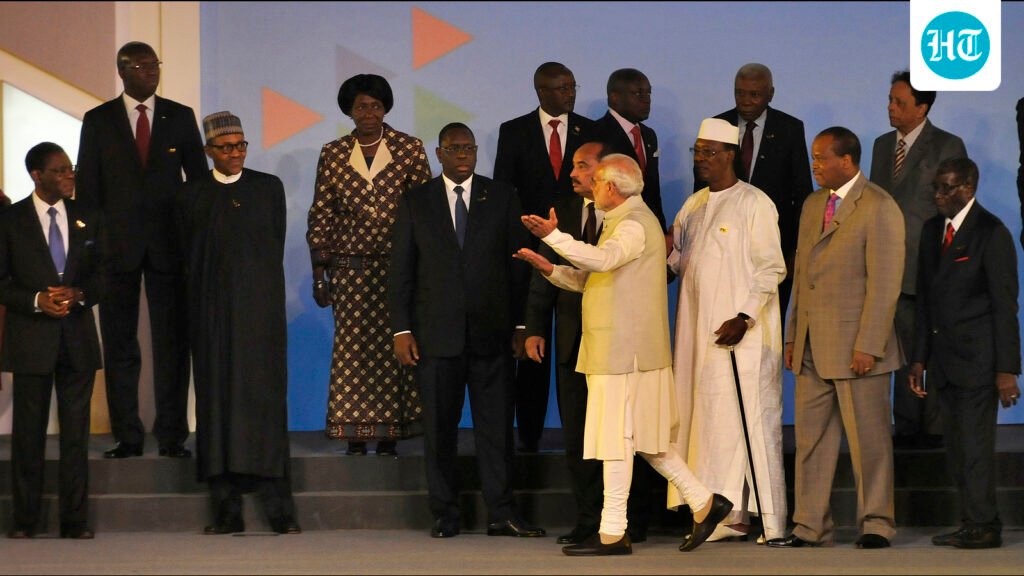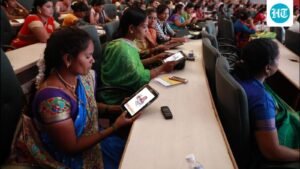
President Droupadi Murmu’s visit to Angola and Botswana will deepen India’s engagement with Africa. In 2024, she visited Mauritius, Algeria, Mauritania, and Malawi. Both Angola and Botswana are members of the Southern African Development Community (SADC) and the African Union (AU): Angola is the current chair of the AU. The visit comes against the backdrop of high-level exchanges: The president of Angola visited India in May 2024, while Botswana’s president last visited India in December 2006. In the interim, Indian vice presidents visited Botswana in 2010 and 2018.

As preparations gather pace for the fourth India–Africa Forum Summit (IAFS IV), expected next year, Murmu’s trip signals continuity, high-level attention, and strategic outreach to key African partners. Angola is growing in importance globally due to its natural resources, especially oil, gas, and critical minerals vital for energy transitions. With a strategic Atlantic coastline enhancing maritime connectivity, Angola has diversified its partnerships with China, the EU, and India. Ongoing reforms, modernisation, and energy diversification have further strengthened its global economic and diplomatic profile. Indian engagement with Angola has expanded beyond the energy trade to strategic domains such as defence, agriculture, mining, and infrastructure. India has offered a $200-million defense line of credit to Angola. Its investments reflect growing confidence in Angola’s reform trajectory and openness to diversified partnerships.
Botswana stands out for its stable democracy, prudent governance, and transparent management of natural resources, particularly diamonds. It has evolved into an upper-middle-income economy and remains the world’s leading producer of rough diamonds by value, and the second-largest by volume. With one of the highest per capita incomes in Africa, Botswana, plays a vital role in promoting regional peace, wildlife conservation, and climate resilience. Indian investment in Botswana is expanding — from diamond cutting and polishing to power generation, health care, mining, and agriculture. Indian firms have contributed to skill development, jobs, and industrial diversification, reinforcing people-to-people ties.
Angola is a major supplier of oil to India and enjoys a trade surplus in bilateral trade worth around $5 billion, with Indian exports at roughly $500 million. In contrast, trade with Botswana is modest at about $500 million, with Indian exports at about $170 million.
A major development in Angola is the Lobito Corridor, an ambitious infrastructure initiative revitalizing the railway network that connects the mineral-rich interiors of the Democratic Republic of Congo (DRC) and Zambia to Angola’s Atlantic port of Lobito. This project aims to provide a faster, more efficient trade route for critical minerals such as copper and cobalt, reduce dependency on other corridors, and enhance regional economic integration.
The Indian diaspora in both countries remains small but influential, with about 8,000 persons of Indian origin in Angola and 10,000 in Botswana. Both nations have benefited from India’s ITEC capacity-building programs, though Angola’s Portuguese language preference has sometimes posed a constraint.
For India, Angola and Botswana are key African partners for energy security, critical minerals, and the diamond trade. Angola offers opportunities in oil, gas, and infrastructure, while Botswana’s stability and governance make it a model partner. Together, they represent India’s balanced and forward-looking engagement with Africa, reinforcing the spirit of South–South cooperation.
Gurjit Singh is a former ambassador of India to the African Union. The views expressed are personal



